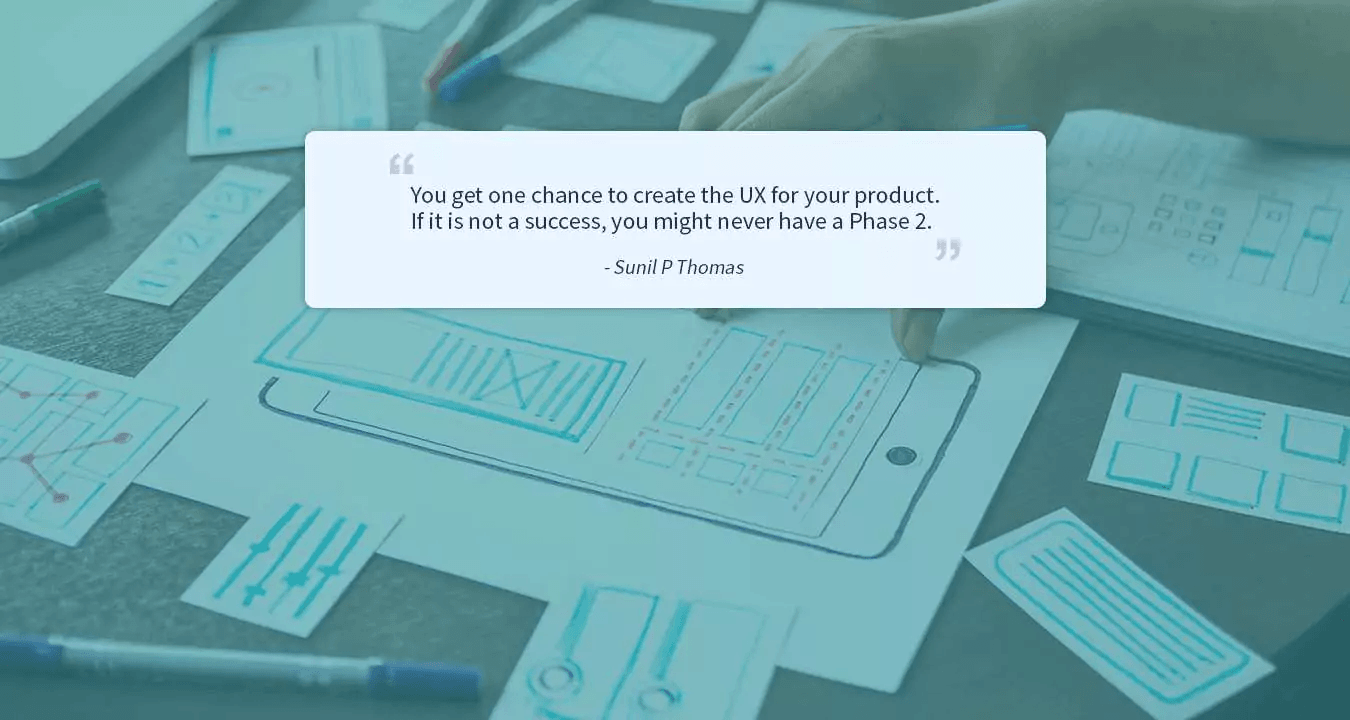Whenever my mom gets into my car, I activate the window lock button. It’s not for security. If I don’t, I would see a startled look on her face, with the window close to her rolling down automatically. It’s not an automatic roll down though. The power window button on the back is placed exactly where she would place her elbow. And it’s not just her; everybody who gets into the back seat of my car has faced it. Every. Single. One.
A good user experience design needs only one confirmation- that of the user. But to reach there, one would need to do a lot of work. And that's where user centric design- or UCD- comes into the picture. And the best part is that everyone talks about UX being end-user driven and how important it is to implement user centric design. Still we see very few organizations actually practicing it. Mostly because we build first and then look for acceptance, instead of finding what they want and then building exactly that.
So let’s look at a few issues that ensure about user centric design that is always preached but rarely practiced.
The 4 Fallacies of UX Design
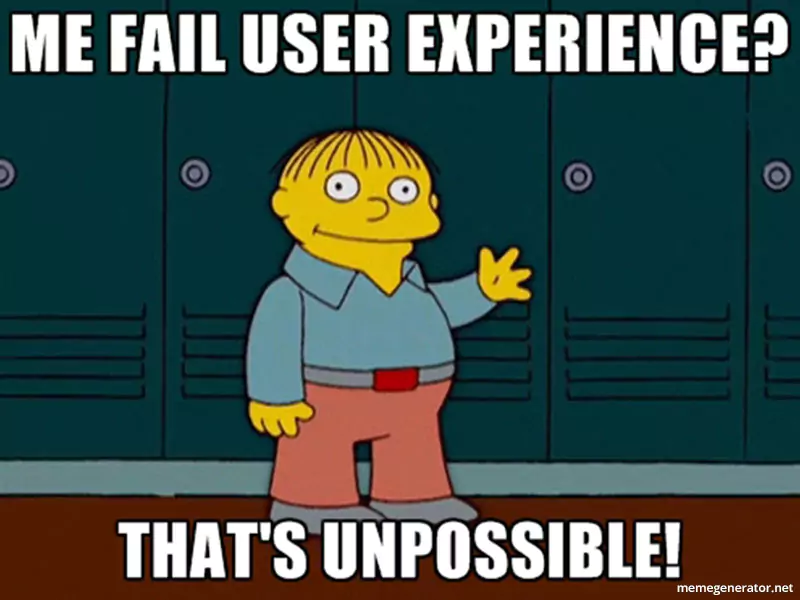
The Creator Fallacy- This is my baby, I know what is right for it!
Product Owners- let it be founders, business heads, or project managers- they usually get into a creator mode, where they are convinced that they know better than the actual end users on what they want. They may or may not, and its next to impossible to know for sure, unless you ask them, innit?
The biggest and the most obvious challenge on user centric design process is the lack of proper research. User Experience Design or UXD in short means exactly that- designing for better experience for the user. And this cannot, I repeat, CANNOT be done if you do not ask the users. The more time you spend on research, the less time, effort and money you would waste on building something the users don’t want, or need.
Business Requirements
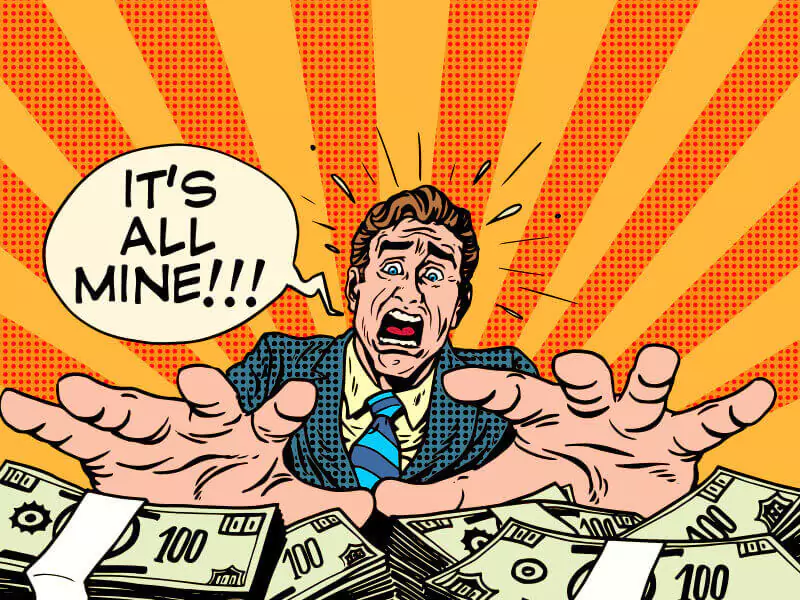
Profits are bad for UX! Not exactly the way it sounds, though. When one focuses on business objectives and financial projections, and push the UX towards that, one tends to veer away from the stated UX objectives. You can see this on a lot of successful products which, after getting major funding, start pushing their unpopular-yet-profitable services to the end users, only to drive them away.
Yes, it is true that business objectives and profits are necessary for any organisation to run. If you think Whatsapp or Facebook can give you all the services, and run their massive development set up and huge server farms, without charging anyone a penny, you are being conveniently blind. There needs to be a fine balance between business objectives and end-user objectives. After all, without the end users, you can’t make that profit now, can you?
Confirmation Bias
"Ah, this guy talks exactly like my beliefs, he must be right. And that, in turn, makes me right too."
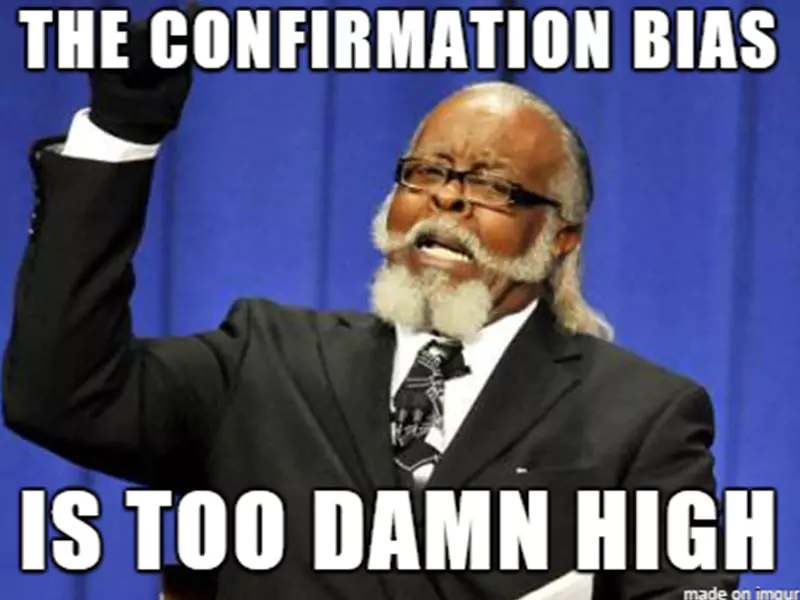
This is confirmation bias for you.
People tend to rely more on advice or facts that fit their prejudices or preferences. And in this age of forced content delivery, where the social media platforms you visit filter the content you get based on your behaviour on their platform (and certain others associated with them), you end up getting a lot of advice that appears to be supporting your thought process perfectly.
As I always believed, advice is sought to confirm a decision already taken. This line of thought works really well, as long as you are utterly correct, but what you need to remember is that in the world of products, there is nothing wrong or right. Apple once claimed that they would NEVER make phones bigger than their 4 inch iPhone 5s, but the next year they had their larger phones out. So listening to points of view which are completely contrary to what you believe in sometimes can give you great benefits. After all, never say never again, right?
Greed
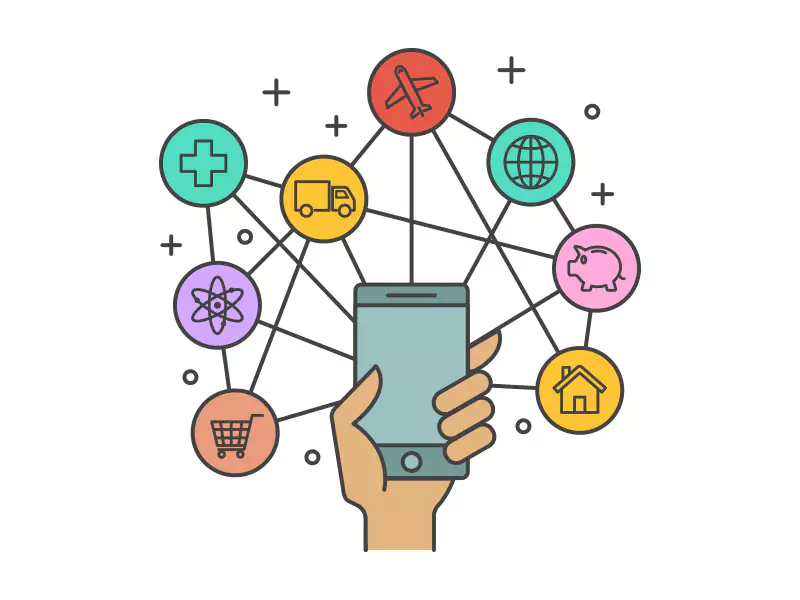
When Buddha said “Make me one with everything” he was not referring to a mobile app. Most entrepreneurs fall into this trap. It is normal to want everything possible in your product, but prioritising and filtering is absolutely necessary for it being a success. Take any successful product ever- from Microsoft Excel to Google search to WhatsApp to Tinder- they tasted success because they focused on one thing and ensured they could do it right.
Adding more and more features can come in the days to come, but your primary functionality should be focused enough that you get it perfect.
There are a million people who wanted to make one product with everything, like Facebook with eBay attached. But as we always say, product owners usually consider their products as their babies, and want the best of everything ever. If they can take a step back and objectively choose the “must-have” features we can’t live without, and trust me, they aren’t many of ‘em!
How to overcome the UX fallacies?
There is only one way to overcome the most rampant UX bad practices- objectivity. Yes, it’s your baby, you love your baby, and you think your baby is the best. That’s what every parent thinks of their own kid, right? So lets learn to be objective, take a step back, and see the product from a stranger’s PoV. Ask yourself: “If the same product was made by someone else, would I like it?”
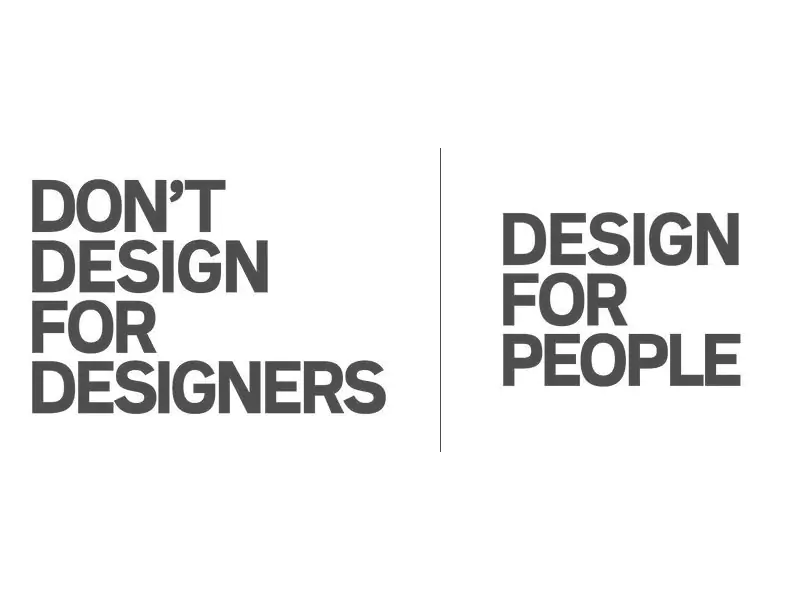
Bring in some impersonal objectivity while looking at the UX, do a lot of user studies, spend a LOT of time on user testing, with “real” users, not your friends and family, who are nice to you. The only thing you need to remember is that, great UX is never ever accidental. You need to work for it, objectively, keeping your preferences at bay.
After all, you get one chance to create the UX for your product. If it is not a success, you might never have a Phase 2. Get in touch with Appiness, a UI UX Design Studio Bangalore that can help you create user-friendly and visually appealing designs for your digital products.


